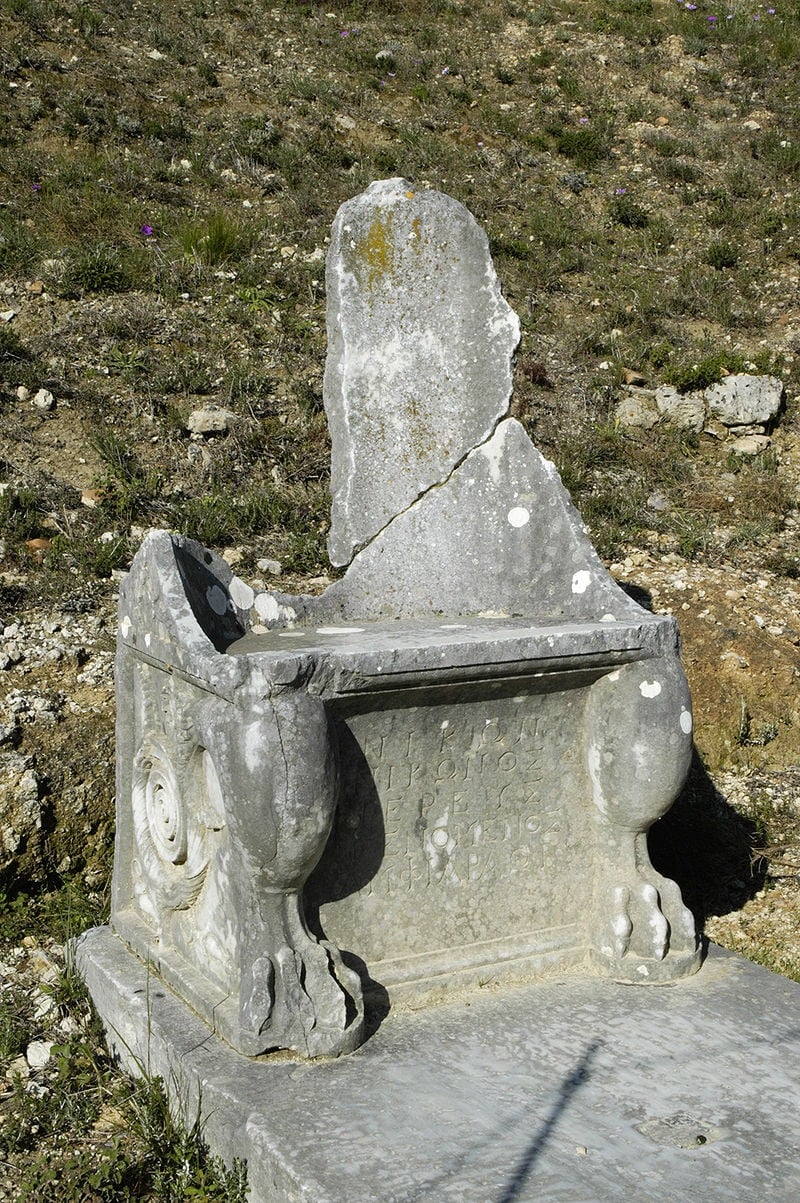The Amphiareion Of Oropos: A Sanctuary Of Healing And Oracles In Ancient Greece
The Amphiareion of Oropos, located about 6 km southeast of the ancient port town of Oropos, was a significant sanctuary in ancient Greece.
Established in the late 5th century BCE, this sacred site was dedicated to the hero Amphiaraos, a revered figure in Greek mythology.
People traveled to this sanctuary to seek healing and oracular guidance, particularly flourishing during the 4th century BCE when extensive building projects were undertaken.
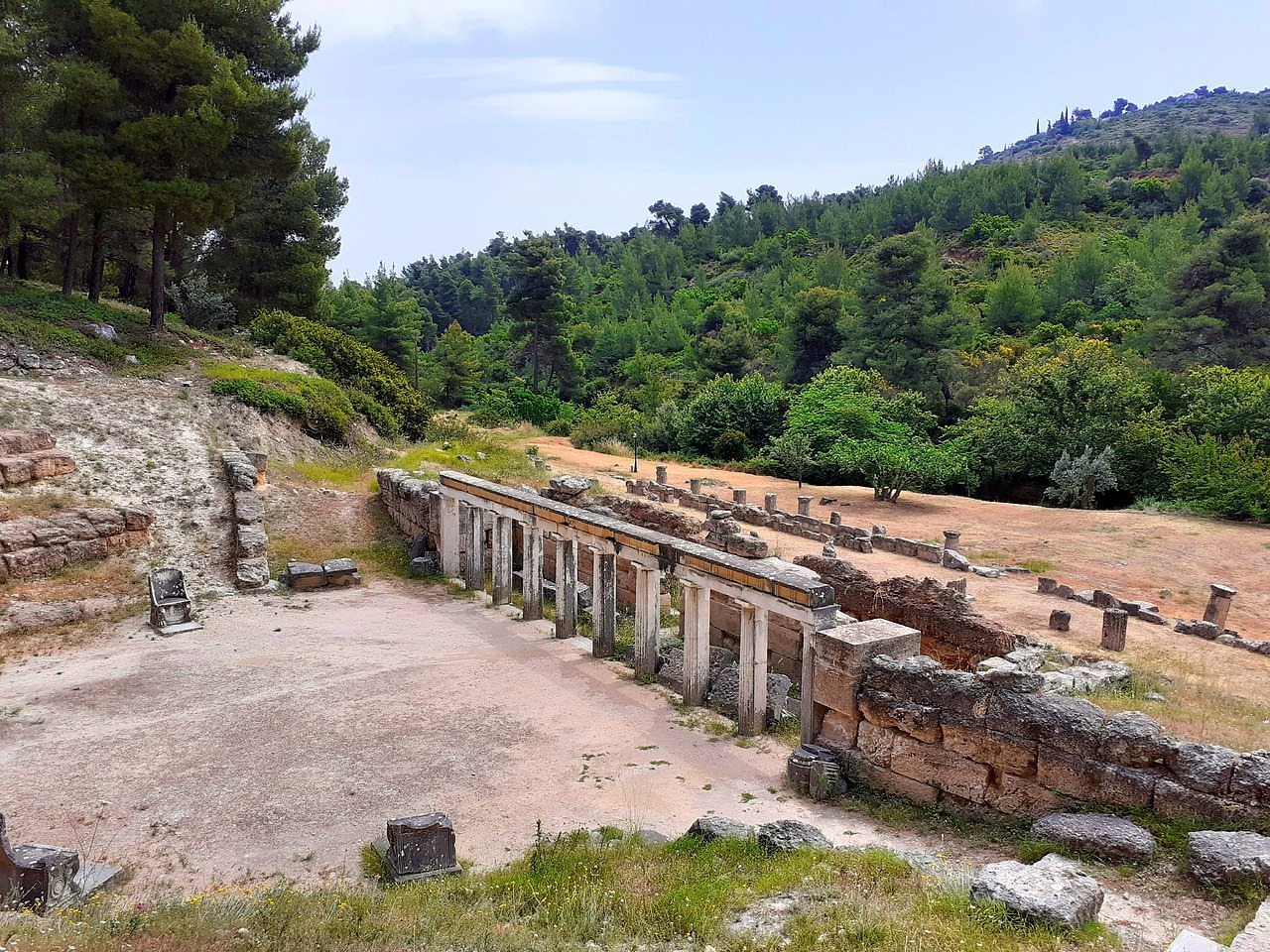
Who Was Amphiaraos?
Amphiaraos is a central figure in Greek mythology, most notably in the tale of the Seven Against Thebes, a tragedy immortalized by Aeschylus.
Amphiaraos initially refused to join the attack on Thebes because he foresaw it would end in disaster.
However, he was ultimately compelled to participate.
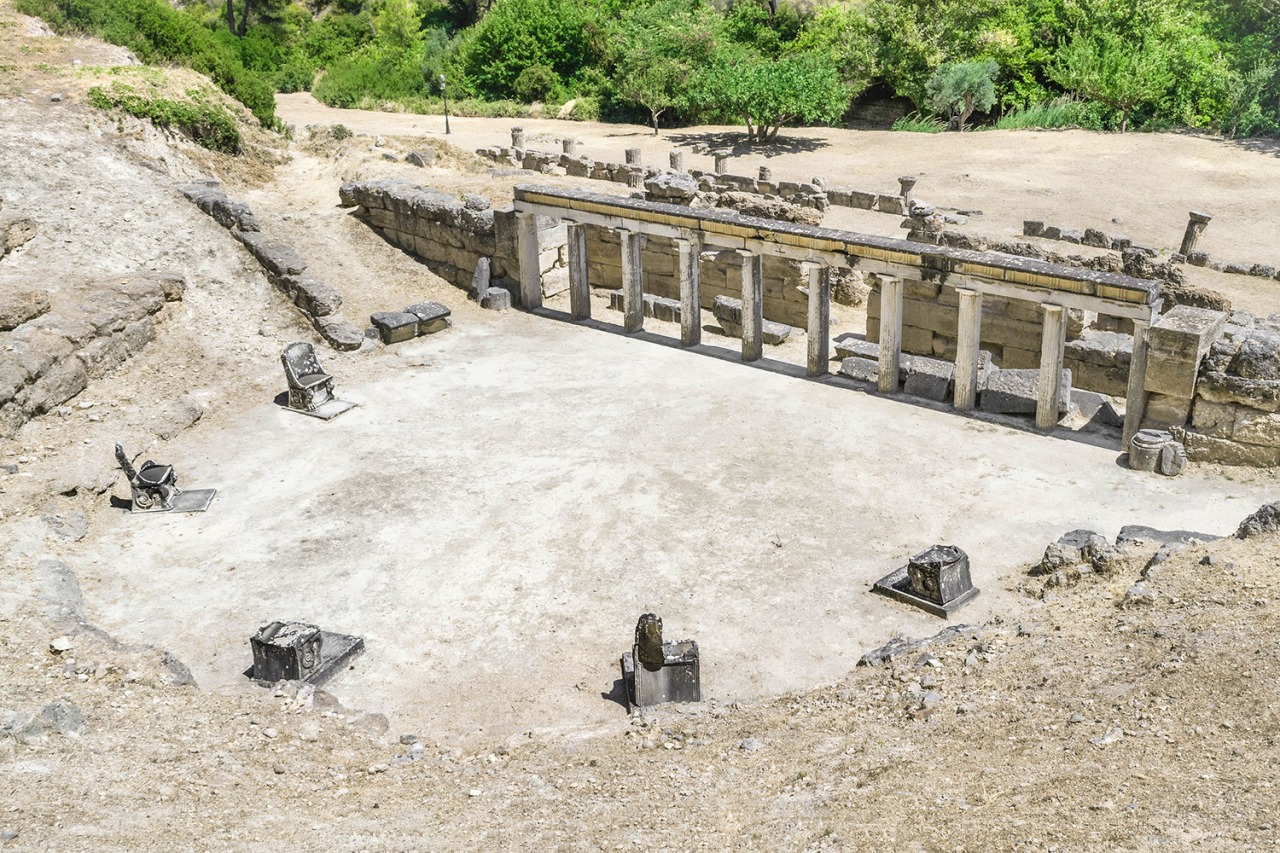
According to some versions of the myth, the earth swallowed Amphiaraos and his chariot, transforming him into a chthonic hero—a being connected to the earth and the underworld.
This transformation led to his worship as a god.
The sanctuary at Oropos became a place where people could connect with him.
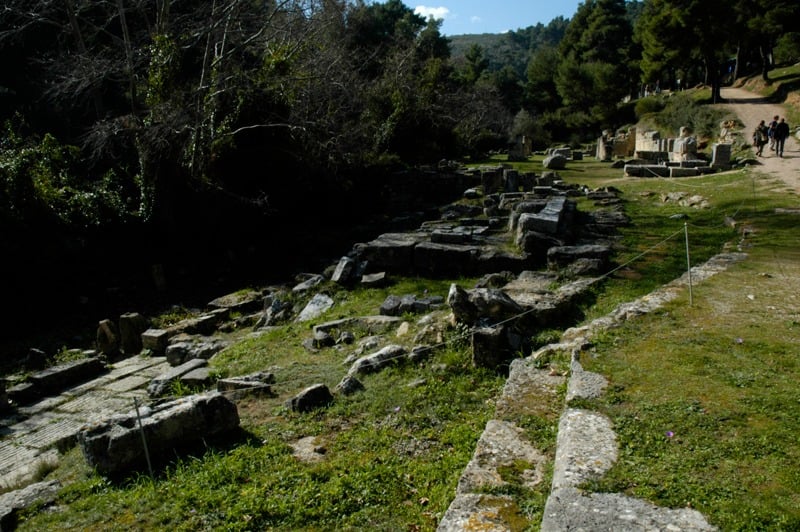
The Sanctuary’s Location and Structures
The Amphiareion is located 37.2 km north-northeast of Athens, nestled among hills at an elevation of about 154 meters.
The site is situated near a sacred spring, which was central to its religious practices.
The sanctuary included several key structures:
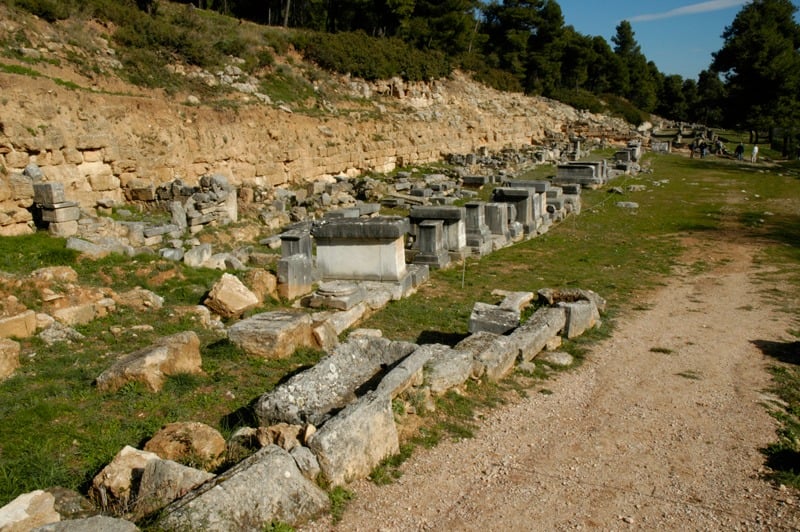
1. Temple of Amphiaraos
This was the main building built in the early 4th century BCE.
The temple features a unique Doric hexastyle with six columns at the front façade between small projecting walls.
The antae, or side walls, were capped with half-columns, giving the appearance of an octastyle (eight-columned) façade.
Inside the temple, an acrolithic statue of Amphiaraos once stood, with one arm of the statue still in situ today.

Adjacent to the temple was an altar, divided into sections dedicated to various gods and heroes, including Zeus, Apollo the Healer, Heracles, and Athena the Healer.
The altar was the focal point of sacrifices and offerings made by worshippers seeking Amphiaraos’ favor.
2. Theater
Built in the 2nd century BCE, this small theater could hold around 300 spectators.
It was used for various events, including the Greater Amphiareia, a festival with athletic games held every five years.

3. Stoa (Covered Walkway)
The stoa was a long colonnaded building measuring 11 by 110 meters, with 39 exterior Doric columns and 17 internal Ionic columns
Stone benches were set into the back walls, possibly where supplicants slept while awaiting divine dreams.
It may have served as a place of refuge for those seeking healing or as a venue for social and religious activities.
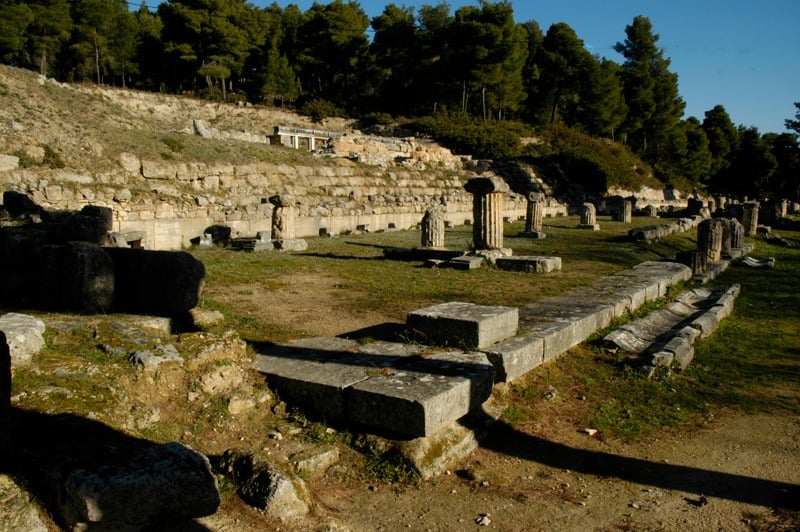
4. Sacred Spring and Altar:
Worshippers would throw coins into the spring after being healed.
The altar nearby was divided into sections dedicated to different gods and heroes.
5. Water Clock (Klepsydra):
It is located on the southeast side of the streambed.
This well-preserved structure dates back to the 4th century BCE.
It was used to measure time by the flow of water.
It shows the advanced engineering skills of the ancient Greeks.
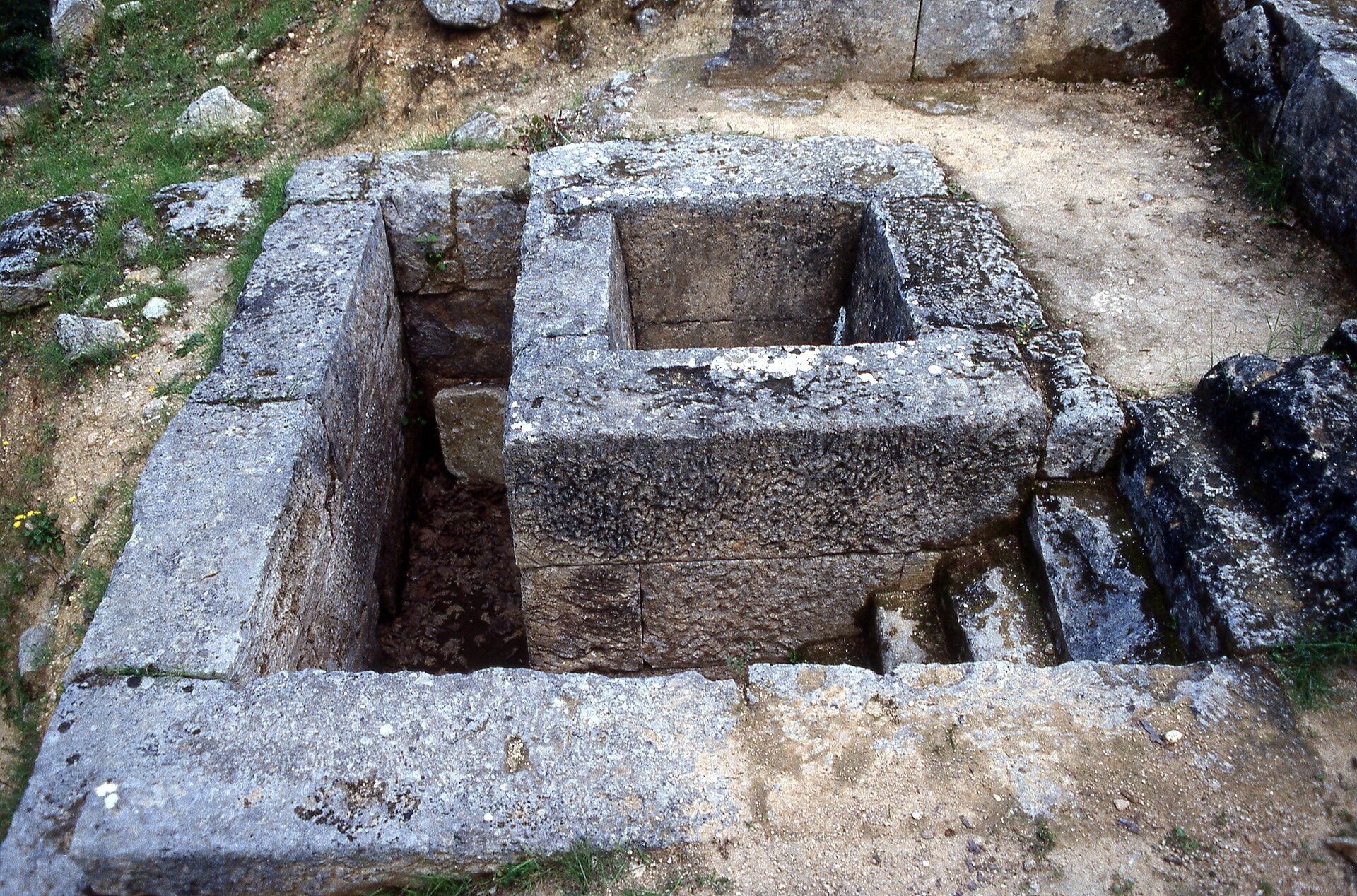
Healing and Oracles at the Amphiareion
The Amphiareion was a place where both public and private worship took place.
During the plague that hit Athens in the late 5th century BCE, the sanctuary gained a reputation as a healing site.
Pilgrims came to the Amphiareion to seek cures for their ailments and to consult the oracle of Amphiaraos.
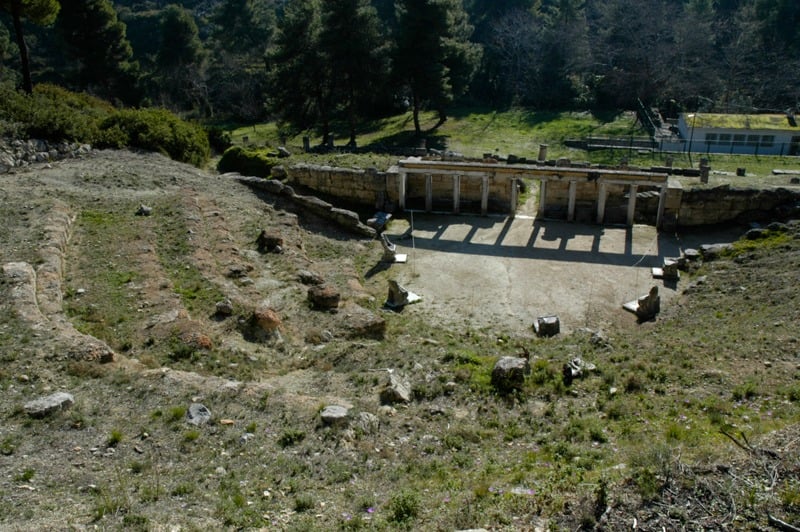
The healing rituals at the Amphiareion were deeply intertwined with the interpretation of dreams.
Pausanias, a 2nd-century CE Greek traveler and geographer, described the purification rituals and sacrifices required before consulting Amphiaraos.
Pilgrims would lie on the skin of a sacrificed ram, awaiting the revelation of a dream that would provide guidance or a cure.
Herodotus, the ancient historian, recounts that the Amphiareion was one of only two oracles to provide a correct answer to a test posed by the Lydian king Croesus.
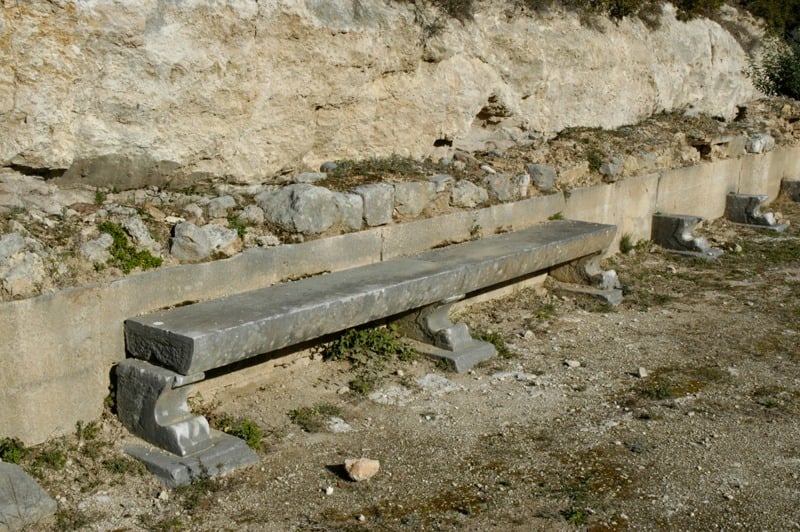
The Greater Amphiareia and Athletic Games
In addition to its role as a healing center, the Amphiareion hosted the Greater Amphiareia, an agonistic festival featuring athletic games held every five years.
This festival attracted participants from across Greece, and victors’ names were inscribed on a catalog, with some records dating back to before 338 BCE.
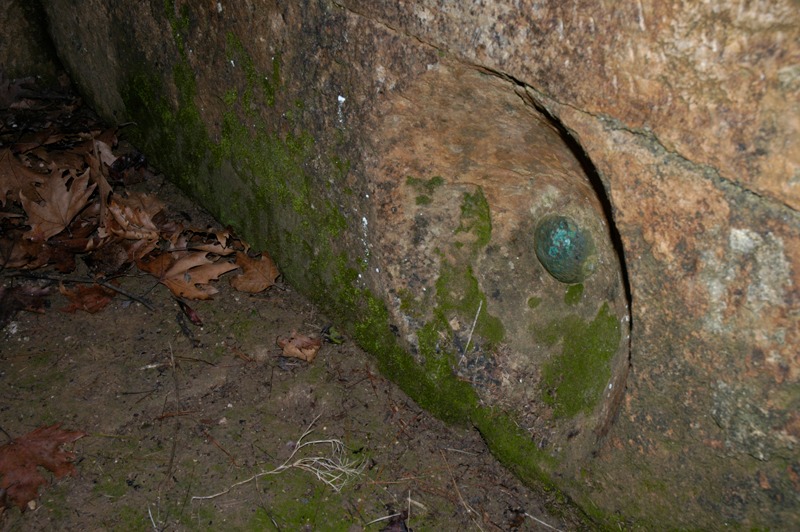
The Legacy of the Amphiareion
The Amphiareion of Oropos remained an active religious site until the Theodosian decrees at the end of the 4th century CE, which outlawed non-Christian worship throughout the Roman Empire.
Despite the decline of the cult, the site continued to attract visitors, and its ruins still stand as a testament to the religious and cultural practices of ancient Greece.
Today, the Amphiareion is located near the modern town of Markopoulo Oropou in the Oropos municipality of Attica, Greece.
